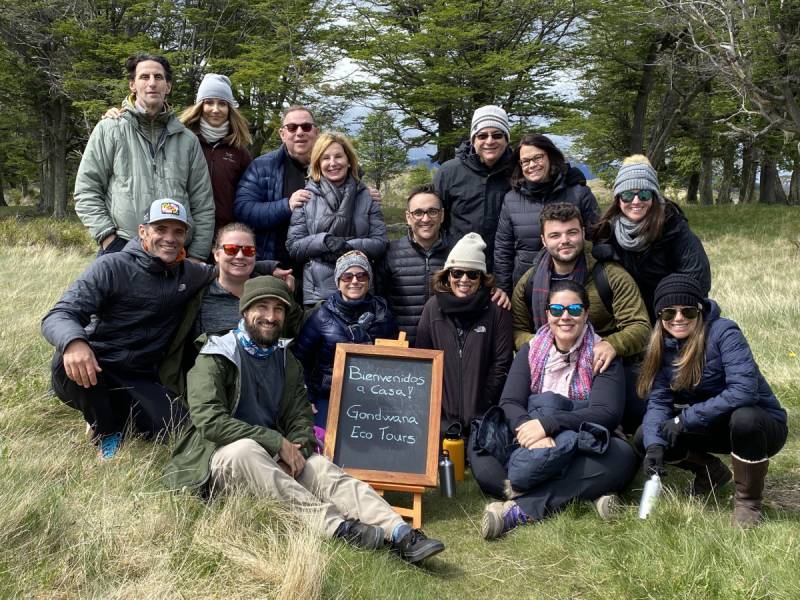 Going to Alaska is quite an adventure, especially if you are out having fun in the snow and searching for the Northern Lights. As the best time to see the Northern Lights in Alaska is typically during the winter months, we’d like to give you an idea of what an arctic experience is like, here are a few things you should pack:
Going to Alaska is quite an adventure, especially if you are out having fun in the snow and searching for the Northern Lights. As the best time to see the Northern Lights in Alaska is typically during the winter months, we’d like to give you an idea of what an arctic experience is like, here are a few things you should pack:
When Packing For A Trip To Alaska To View The Northern Lights Start With A Winter Hat!
When preparing for a trip to Alaska to view the Northern Lights, packing the right gear is essential to stay warm and comfortable. Begin with a warm hat to keep your head insulated in the chilly Arctic air. This hat should protect the top of your head, back of your head, ears and even cheeks and neck if you want to be bundled up in the snow-covered interior of Alaska. Common styles of hats worn during cold weather are Watcher’s Cap, Chullo, Trapper’s Hat, Aviator’s Hat, Felt Dress Hats.
You’ll Want to Pack Gloves For Your Trip To Alaska
Alaska is known for its extreme cold weather, especially during the winter months. If you’re planning a trip to this beautiful state, make sure to pack a good pair of gloves to keep your hands warm and protected from the harsh elements. Whether you’re exploring the stunning landscapes, going on a winter adventure, or simply enjoying the Northern Lights, having gloves will ensure you stay comfortable and enjoy your trip to the fullest. Consider opting for insulated, waterproof gloves that can withstand the freezing temperatures and keep your hands dry. Don’t forget to pack gloves in your suitcase before heading to Alaska to make the most of your unforgettable journey.
Typically, insulated mittens keep fingers warmer than gloves. If mittens still are not enough warmth, you can always layer a thinner pair of gloves under your mittens, like some ski gloves. Ski-gloves that come with removable, built-in liners are always an option as well.
Pack Balaclava or A Face Mask

During our dog-sledding adventure, you will race through a forest filled with snow-covered trees and then rush into vast, open snowy plains. When on the sled, the dogs will make your fast-paced excursion nothing short of exciting. The rush of the wind against your face is an exhilarating feeling, however, it is important to protect your face from the cold wind as well. A balaclava is an essential item while dogsledding. Scarves can also offer the same effect of protecting your face from the winter wind as well.
Footwear Is Essential For Your Alaskan Adventure
When you are hiking down an icy trail or snowshoeing, you are going to want to stay warm. That is why we suggest you bring warm, waterproof boots with an insulated inner lining. Some even come with a removable insulated liner, so you can take them out and let them dry between uses. Many winter boots have a “comfort rating,” such as “comfort-rated to -15 degrees Fahrenheit.” However, there is no industry standard for these ratings, and these numbers are basically estimates that the manufacturer has created. When purchasing your boots, we suggest the low temperatures such as -30 or -40 degrees Fahrenheit. Be sure to note whether the comfort rating is listed in Fahrenheit or Celsius, although some brands list both.
When you are not out searching for the Northern Lights and bundled up in the cozy lodge by the fireplace, you are going to want some nice lodge shoes to walk around in. Light insulated shoes or regular shoes are fine–anything that makes you feel comfortable and at-home during your stay.
Moisture wicking shirt
When dressing for winter weather, there is a hierarchy. This shirt is going to be your base layer. When you’re outside having fun in the snow, you are all wrapped up and might sweat a little. That can bring your body temperature down, making you cold. It’s important to layer in extremely cold conditions, but the order of the layer is just as important. You want moisture wicking material, such as synthetic fibers like Windstopper® polyester and acrylic, which pulls moisture away from your skin (wicking) and after dries quickly, to be your base layer.
Next is your second layer in your Northern Lights ensemble. It is also your insulating layer and should be a fleece, pile or wool shirt and pants. When you put this over your moisture-wicking base layer, it creates a nice insulating effect that will keep you warm throughout your journey north.
Pack A Parka For Alaska Travel
The parka is your third layer. It is worn over your moisture-wicking shirt and insulating layer. We recommend that it be filled with either down or synthetic material to offer you the ultimate warmth during your hunt for the Northern Lights.
To ensure maximum protection against the harsh cold weather while hunting for the Northern Lights, investing in a parka with a high level of insulation is crucial. Down-filled parkas are known for their superior warmth-to-weight ratio, making them an excellent choice for extreme cold conditions. On the other hand, synthetic-filled parkas provide insulation even when wet, which can be advantageous in snowy or wet environments. Whichever option you choose, make sure the parka is windproof and water-resistant to keep you comfortable and dry throughout your aurora adventure.
Snow and Wind Protection Jacket
When you are out looking for the Northern Lights, this jacket protects you against the snow and the wind. Typically Gore-Tex is the material that we recommend because of its durable, waterproof, and breathable qualities. However, if Parkas are out of the budget, many of times, manufacturers combine the insulating layer and the snow and wind proof protecting layer (the outer-most) into one jacket.

Socks
When you are out trekking around in your winter wonderland, your feet need protection–regular socks and shoes just won’t do. Two types of socks will protect your feet for the winter snow. The first layer of socks you need is the Lightweight synthetic liner socks. The second layer is the heavy wool or fleece socks (smartwool recommended).
Swimsuit
 Not all of this trip is about the cold outdoors. We go to hot springs to relax and revitalize in mineral-rich water. Bring a bathing suit, so you can indulge in this natural outdoor spa!
Not all of this trip is about the cold outdoors. We go to hot springs to relax and revitalize in mineral-rich water. Bring a bathing suit, so you can indulge in this natural outdoor spa!
Lipbalm, Vitamin E Oil and Sunscreen
We’ve protected pretty much every part of our body, but we should pay extra attention to our face. The cold, the wind, and the snow could all cause our faces to become dry. That is why it is important to not only protect it but restore it. With your lips, make sure you moisturize your lips with lip balm regularly or you can bring pure vitamin E oil, which you can moisturize both your lips and your face.
The beautiful snow’s pristine white color reflects the rays of the sun. This is an amazing sight to see, but it is important to remember that when the sun’s rays bounce off the snow you’re getting an extra dose of sunlight, so protecting yourself with a little sunscreen everyday is important.
So here you have it, your basics for traveling far north.
Experiencing the Northern Lights is one of the most spectacular sights you can see. It is my prerogative to bring people to experience earth’s greatest events while they are prepared, safe and secure. I could not imagine a job more fulfilling than sharing the beauty and drama of our world. Discover 9 things you didn’t know about the Northern Lights, from their connection to solar activity to the ancient cultural beliefs surrounding these mesmerizing celestial displays. Alaska’s breathtaking landscapes change with the seasons, offering unique experiences throughout the year. Whether you’re looking for peak wildlife viewing, endless summer daylight, or stunning winter scenery, the best time to visit depends on what you want to see and do. Explore the ideal seasons for your Alaskan adventure and plan the perfect trip.


